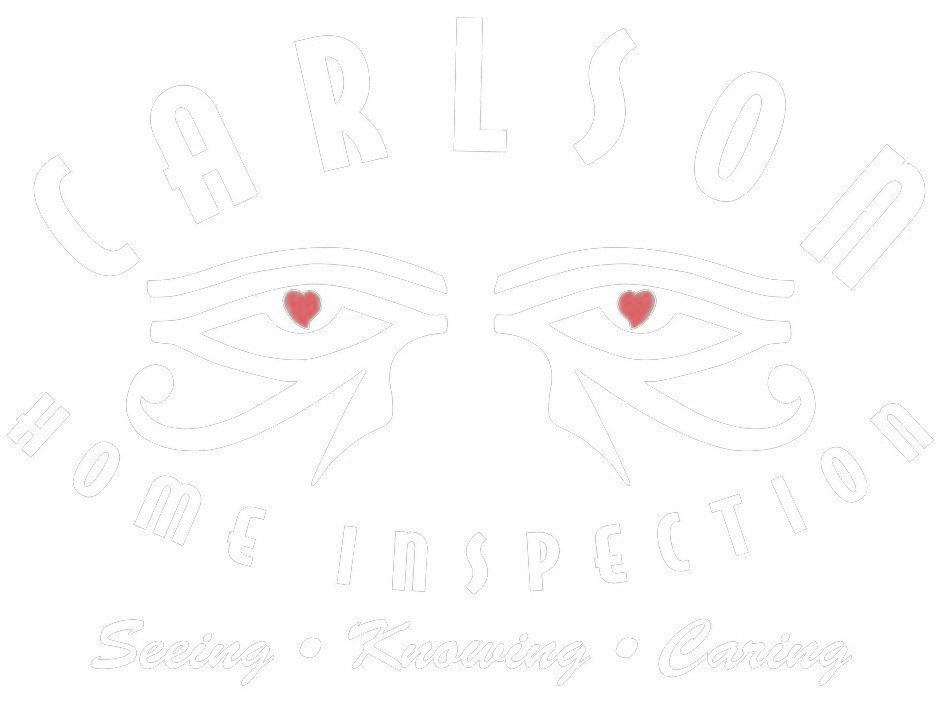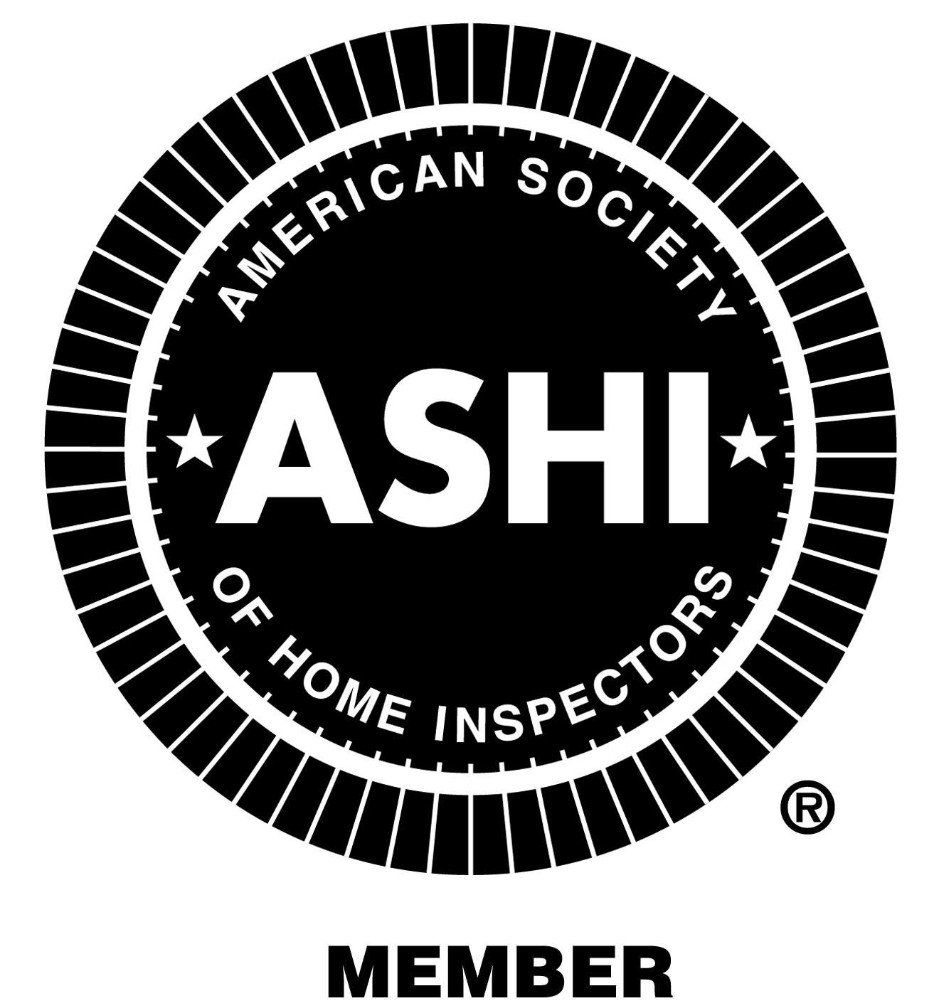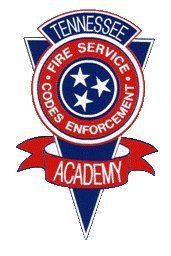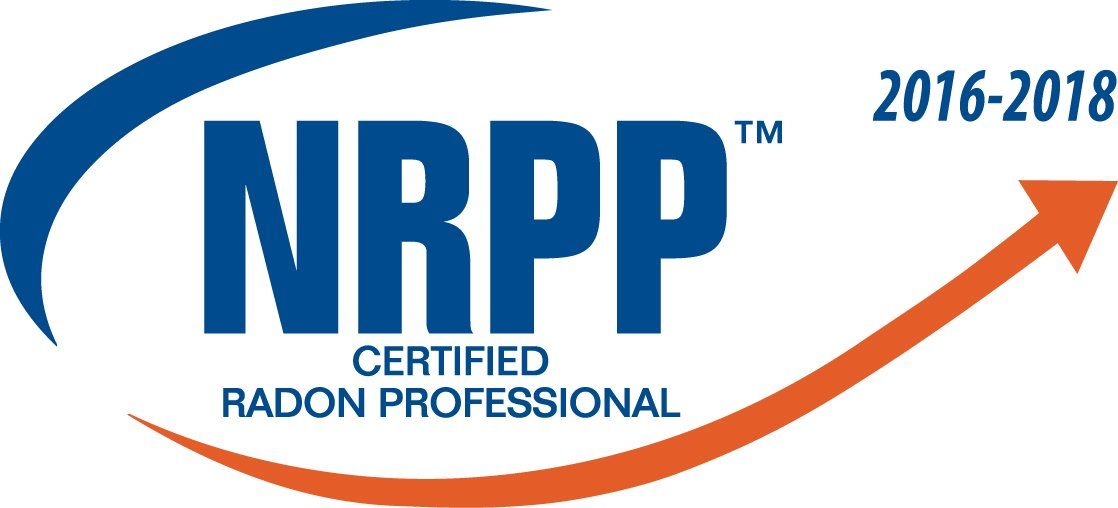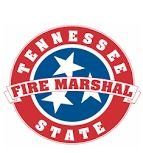RADON DETECTION IN NASHVILLE, TN
WHAT IS RADON?
Radon is a chemical element with symbol Rn and atomic number 86. It is a radioactive, colorless, odorless, tasteless noble gas, occurring naturally as an indirect decay product of uranium.
“Uhhh…… So.”
So, Tennessee homes are prone to excessive concentrations of Radon. And because it is radioactive, it is bad for you.
“How bad?”
Epidemiological studies have shown a clear link between breathing high concentrations of radon and incidence of lung cancer. Thus, radon is considered a significant contaminant that affects indoor air quality worldwide. We haven’t personally collected scientific data of lung cancer, we do have some super strong circumstantial anecdotal data that this stuff can take you down! According to the United States Environmental Protection Agency, radon is the second most frequent cause of lung cancer, after cigarette smoking, causing 21,000 lung cancer deaths per year in the United States. About 2,900 of these deaths occur among people who have never smoked. While radon is the second most frequent cause of lung cancer, it is the number one cause among non-smokers, according to EPA estimates.
“That sounds pretty bad!”
I Know. Right?
“Where does it come from?”
The ground. Radon is found in uranium ores; phosphate rock; shales; igneous and metamorphic rocks such as granite, gneiss, and schist.
“How do you know if there is invisible, odorless, cancer causing gas in a house?”
Well, You test for it. There are multiple EPA approved radon gas detectors and testing devices which can detect radon. If you are testing a home you are living in yourself you can get a short term homeowners test from radon.com which will give you an idea of what you are dealing with. Takes a few days. Ideally….if you are testing your own home an alpha track test taking an entire year is best as this will be a true average of your yearly exposure taking into account all variations of weather and other seasonal variables. This is time consuming but long term testing gives the best picture.
If you are in the middle of a real estate transaction, a long term test will not be feasible. No seller will wait 91 days while you perform a long term test…..soooo the EPA developed a 48hr test protocol for use during a real estate transaction. This is a snap shot of the homes radon conditions and should be followed to perform a proper test. We use Femtotech CRM 510 continuous monitors which are the best technology available.
“Which test is more better?”
Better is a subjective word. And more better is redundant. It makes you sound crazy.
“Crazy? I’m already having a hypothetical conversation with myself…”
Fair enough. Again, long term testing of greater than 90 days is best. If you have to use a short term test (real estate transaction) then a continuous monitor is best. Passive charcoal absorption tests are an approved method but their final results are heavily weighted to the last 12 hours of deployment as some of the early captured radon alpha particles evolve out of the charcoal. Radon is funny and unpredictable. The concentrations are variable and highly effected by atmospheric pressure, rain, and differential interior/ exterior pressures. If there is a big pressure front coming through the area from a storm, there is the potential that the crawlspace is going to be inundated with radon as it is pushed from the earth. If you are running your A/C a lot, a negative pressure is created in your house and more radon will be sucked out of the crawl space in into your baby’s nursery.
“Why did you have to say that? Are you trying to create fear and scare me?”
Sorry. I’m not trying to create irrational fear. Just healthy concern. This is serious.
“Okay. What do you consider to be a high level?”
It is kind of irrelevant what I think is high. The EPA says you should mitigate if the results are 4.0 pCi/l or higher.
“I don’t know what a pCi/l is.”
pCi/l is an abbreviation for picoCurries/litre of air A Currie is a unit of radioactivity. You can think of a pCi/l as density of radiation.
“Okay. Now, what does mitigation mean?”
It means get the radon out of the house so you don’t breath it.
“Do you do that?”
No. That would be a conflict of interest as a radon detection specialist. You know buttering your bread on both sides! However, we send our friends to a local business called Healthy Indoor Technologies . They have a solid history of treating our friends right and getting good results. They are honest and we trust them. Their systems tend to be a bit more expensive than others but this is from the quality of the moisture barrier they install and the level to which they seal off everything.
“Is it hard to do?”
Yes and No. It can be challenging. A system has to be properly designed and sometimes existing systems require modification for better efficiency to meet the 4 pCi/l threshold. Many homes with existing systems we have tested have had elevated results….one as high as 17 piC/l. Systems may consist of foundation patches, vapor barriers, collection and exhaust pipes, fans, switches, and electrical work. It can get expensive ($1.2k to $2k) which is why it is good to do the test before you buy the house. In the current Nashville/Brentwood/Franklin real estate climate, the seller almost always agrees to install a mitigation system following an elevated test. Sometimes sellers will get their own rebuttal test performed which should be AVERAGED with the original test to obtain the final result as long as both tests meet EPA protocol. Typically, a sub-slab ventilation system is installed if you have a basement or slab and a sub-vapor barrier ventilation system is installed if you have a crawl space. The good news is that mitigation system are almost always effective.
“Do you need a license or certification to test for it?”
Not in Tennessee. But we are certified by the National Environmental Health Association (NEHA) Radon Measurement Operator License #102915 RT as we strive to exceed the minimum in all aspects of our business.
“What are the highest results you have ever seen”
So far, this year it has been 33.2pCi/l over close to the Belmont area. Results in the 30’s are abnormal but we get them occasionally. The highest we’ve ever had was in East Nashville…..78 pCi/l……I will note we did the clearance test after the mitigation system was installed…..the result was 2.2 pCi/l.
“Out of how many tests”
Around 250 tests per year. About 50% of our clients get radon tests….about 30% of those tests end up elevated. Hey also…..we’ve had elevated test results in all types of foundation configurations and ages of homes from slabs to finished basements new construction to historic. The greatest offender with the testing we’ve done is older homes with finished basements…Dude….I need to go. I have stuff to do. If you live in Tennessee, you can get tax payers to pay for your radon test here . If you have more questions go to the EPA website and read up on it.
“I will. Thanks for your time.”
Don’t mention it! Stay Cool Guy!
